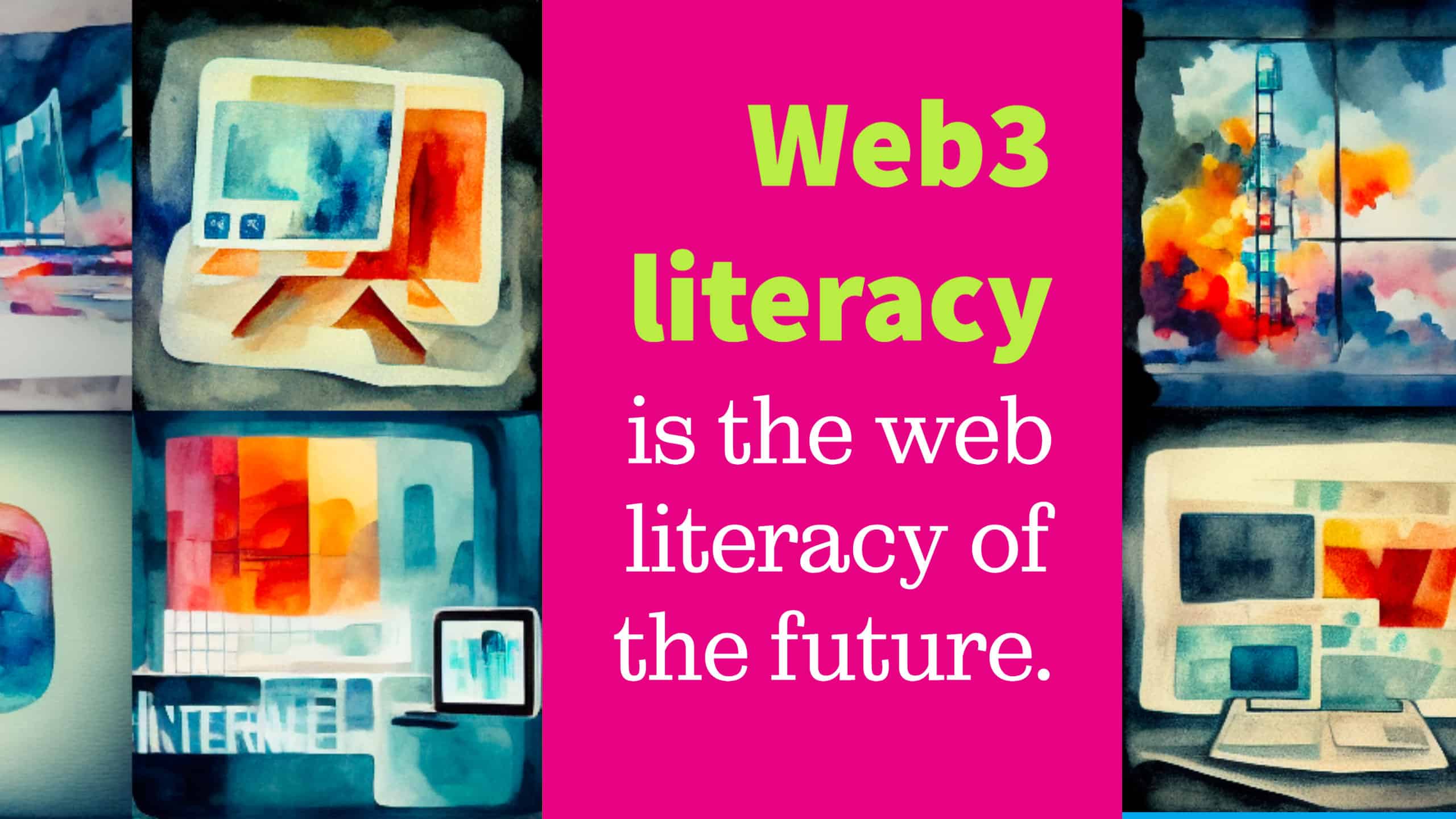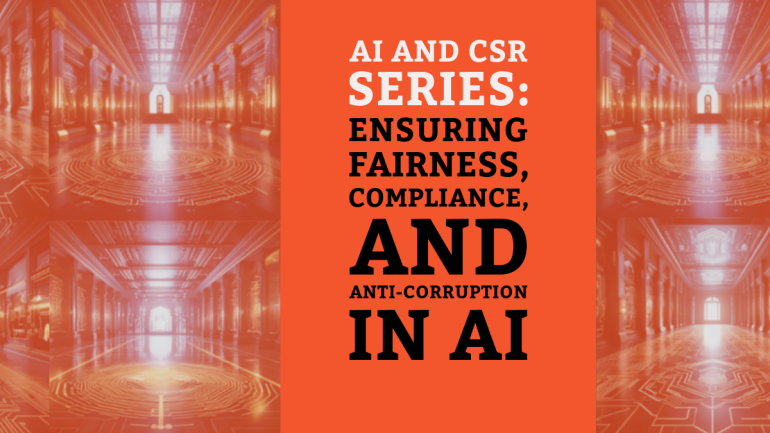Table of Contents
You may also interested:
Web3 is set to become an important component of the digital future. New technologies have been developed to further improve digital communications, and accordingly, the culture of using digital communications has changed. Attitudes towards digital connectivity too, has accordingly changed.
But what is so important about web3 that requires us to take literacy in it seriously? There have been many technologies over the years that have fallen by the wayside, such as the Betamax videotape format and Microsoft’s Zune.
Brief introduction on Web3
Web3 provides us with a way to have permanent record of any transactions that occur digitally. The three key principles behind web3 are immutability, transparency and traceability. Immutability means that any transactions, whether it be a commercial sale or a gift, are recorded for posterity. This record exists in the form of a smart contract, and cannot be changed, unless permission has been given by the owner of the item to “burn” the token that represents the item that they own. An example from Vitalik Buterin, the creator of the Ethereum blockchain may serve as an example here. Before Ethereum was invented, Buterin was an avid player of World of Warcraft, a multi-player online role playing game (MMORPG). Blizzard, the owner of the game, sent out an update to the game one day, and as a result, one of the achievements that Buterin had been working on was ruined. The game moved forward, but his character moved backwards. Disappointed at this, Buterin had the idea to create a system whereby everything that anyone owns on web3 would be recorded with no possible way to change it without the owner’s permission.
Furthermore, anything that anyone owns on web3 is also transparent. Smart contract sit on the blockchain that it was created, and everyone on that blockchain can see what others possess. There will be alerts is any hackers attempt to hack into one node in the chain to delete, destroy or steal any item. Should there be any attempts at this, web3 technology also allows the owner of the item, as well as any others in the network, to trace where the missing item has gone to. The digital wallet address of the owner of the token as well as other digital wallets that are involved in the transaction would be displayed as well.
Because of this, web3, which used to be only within the reach of those involved in cryptocurrency trading, has now been adopted by major corporations. For example, Starbucks has launched its own Web3 program that aims to integrate the Starbucks Rewards digital ecosystem with Starbucks-branded collectibles. With this, it hopes to safeguard reward points against any cyberattacks or coding bugs, as well as to build its own community of supporters. Swiss luxury watch maker Tag Heuer too has recently announced that it will accept payments in ApeCoin, the ERC-20 token that was created in the image of the popular Bored Ape Yacht Club ERC-721 NFTs (non-fungible tokens).
It is therefore imperative that we educate the young on web3, as they will grow up in a world where web3 technologies will be integrated with the existing Web 2.0 digital world characterised by social media and mobile connectivity.
Future Skillsets – Web3 Literacy
Web3 literacy is not just about the ability to read, write, and understand web3 code. It’s about being able to engage with the web on a deeper level, to understand how it works and how it can be used to create value. There are a number of ways to get started with web3. One popular approach is to use a service like MetaMask, which allows users to interact with dapps directly from their browser. Another approach is to use a local node, which requires more setup but gives users more control over their data.
In regards to this, many companies have stepped to the fore to create platforms to educate the young on web3. What aspects of web3 are the most important to educate on? Firstly, financial technology (fintech). Fintech is very important because cryptocurrencies are fuelled by technology. Furthermore, digital payments are quickly over taking cash payments. In this regard, Bumper targets teens who are keen to start investing early, and provides a safe environment for them to experiment with investing. Teens need an adult sponsor to set up an account and start using the app. The adult sponsor has sight over the portfolio at all times so that they can keep an eye on the investment decisions that the teenagers make. There are also tutorials provided that inform teenagers on how to research on companies, how to conduct trades and how to predict risk factors. Other initiatives include Step and Finary, all of them having the same mission to educate teens on investment, connecting them with other like minded teens and enabling them to invest safely and smartly.
Aside from cryptocurrencies and other fiat-based forms of investment, another area of interest is non-fungible tokens (NFTs). Now, NFTs started off as an evolution of cryptocurrencies. Cryptocurrencies, such as Ethereum, were built using the ERC-20 standard and NFTs were built using the ERC-721 standard, an evolution of ERC-20. However, as of late, the utilities and markets for cryptocurrencies and NFTs have drifted apart. Not every cryptocurrency holder is keen on NFTs, and not every NFT holder is keen on cryptocurrencies.
Examples of Web3 for kids
Toekenz
Toekenz is a new NFT platform that features collectibles of well known kids’ brands. It aims to lower the barriers to entry for the average family by making NFTs accessible to all, within a family-friendly environment. They also hope to educate children to make sense of NFTs, especially how the latter will be used in metaverses.
Seussibles!
And they’re not the only ones to think of this. Seussibles!, an NFT collection featuring characters from Dr. Seuss, such as Cat in the Hat, the Grinch, and Lorax.
The Winkyverse
As mentioned above, NFTs are quite central to entry into and existence within metaverses (yes, there is more than one. Mark Zuckerberg’s is only one of the many). The Winkyverse is a new metaverse dedicated to teaching children about emerging web3 technologies. Of course, parents will be involved to track their children’s learning within a safe environment. 12,000 NFTs called Winkybots have already been released to be used within the Winkyverse.
Hatch Kids
Hatch Kids goes one step further. It teaches children coding for metaverse projects so that they too can jump on the bandwagon and create their own metaverses. As a complementary skill, Hatch Kids also teaches children topics of virtual reality and augmented reality, as both of these latter skills could come in handy for their own metaverse projects in the future.
Web3 Literacy Afterthought
Web3 literacy is an imperative. Web 1.0 was not properly introduced to baby boomers and the lower strata of society, causing mass illiteracy among the population. Web 2.0 is not effectively used by these two sections of society because of this. We should not let web3 suffer the same fate.








